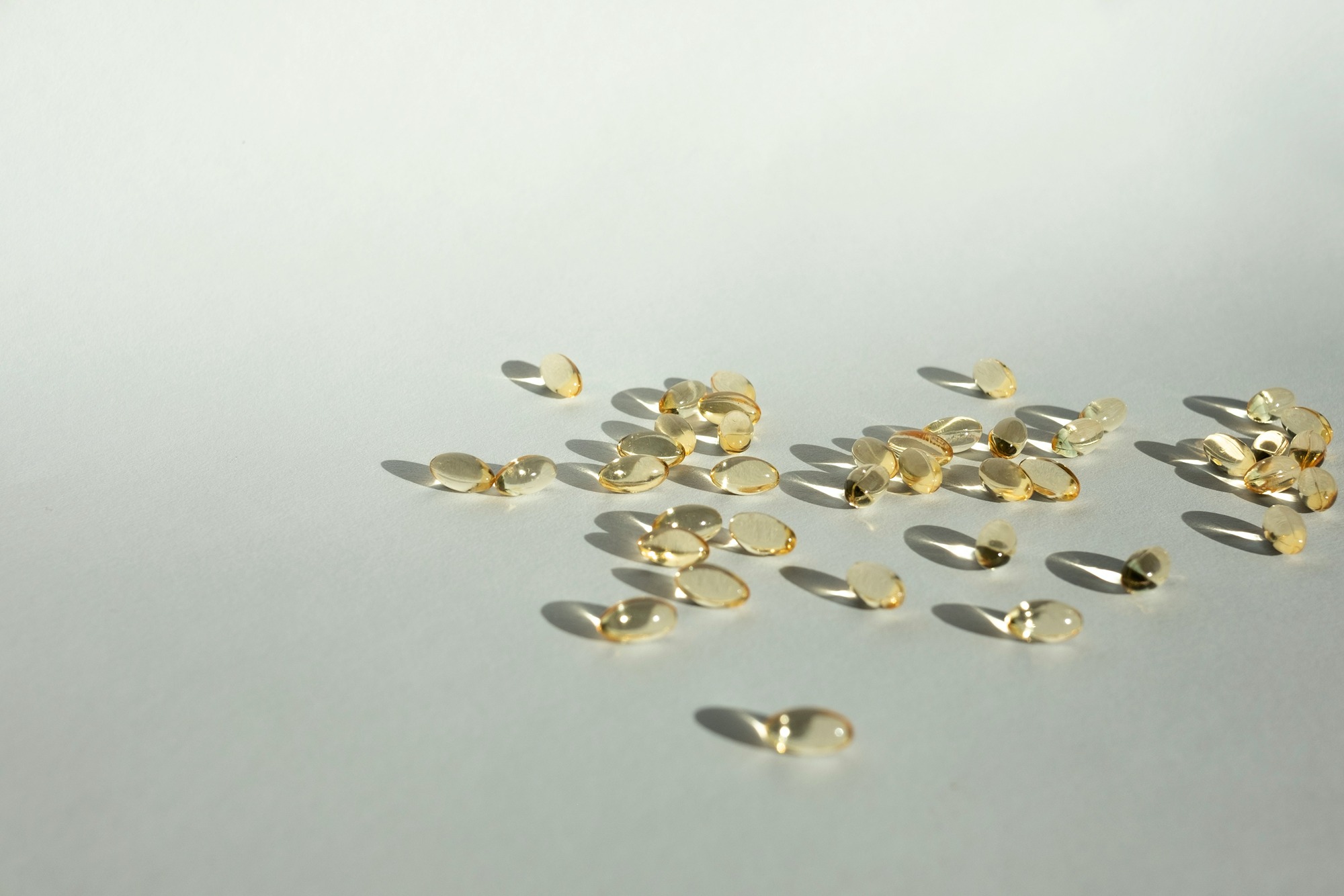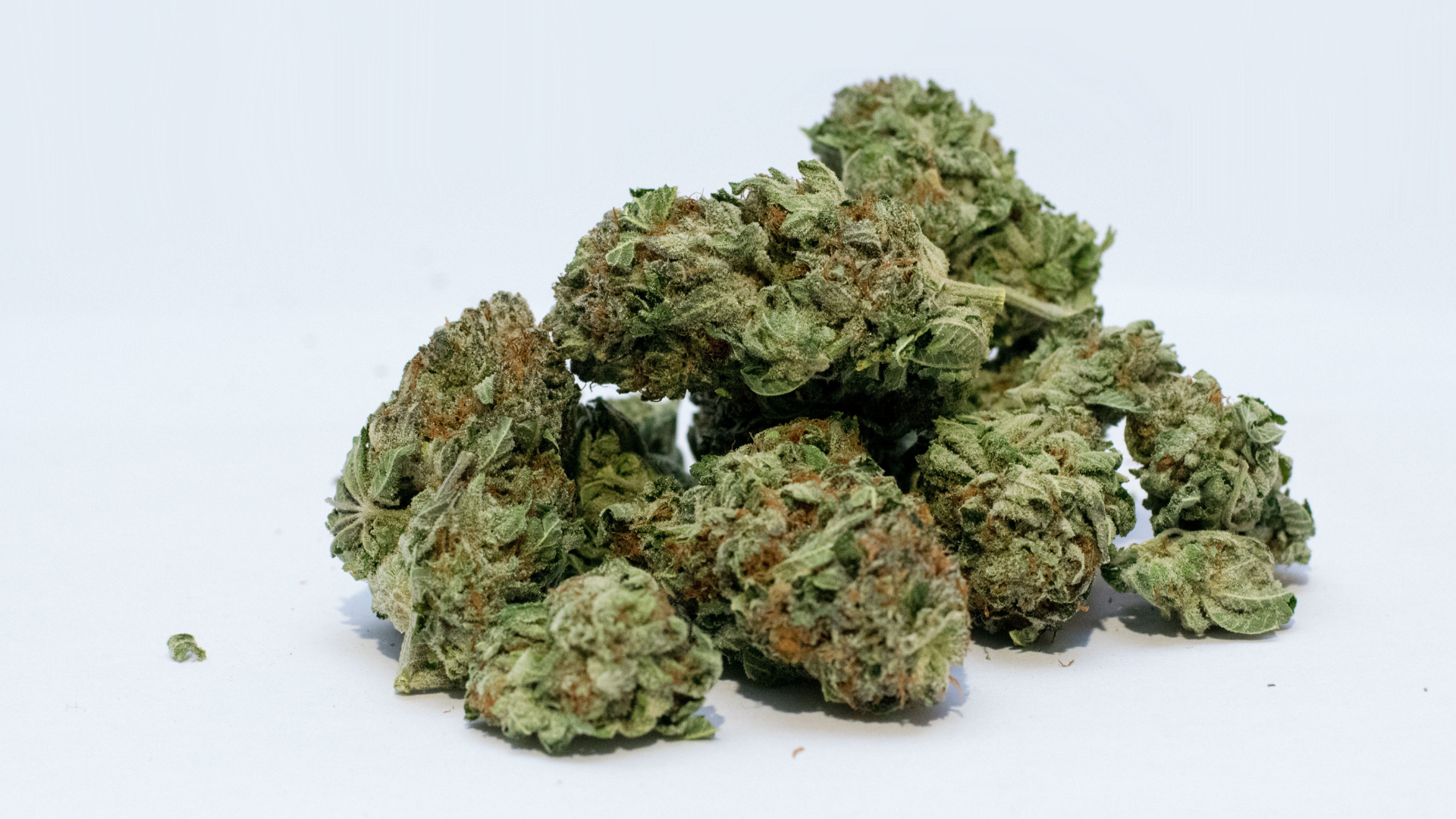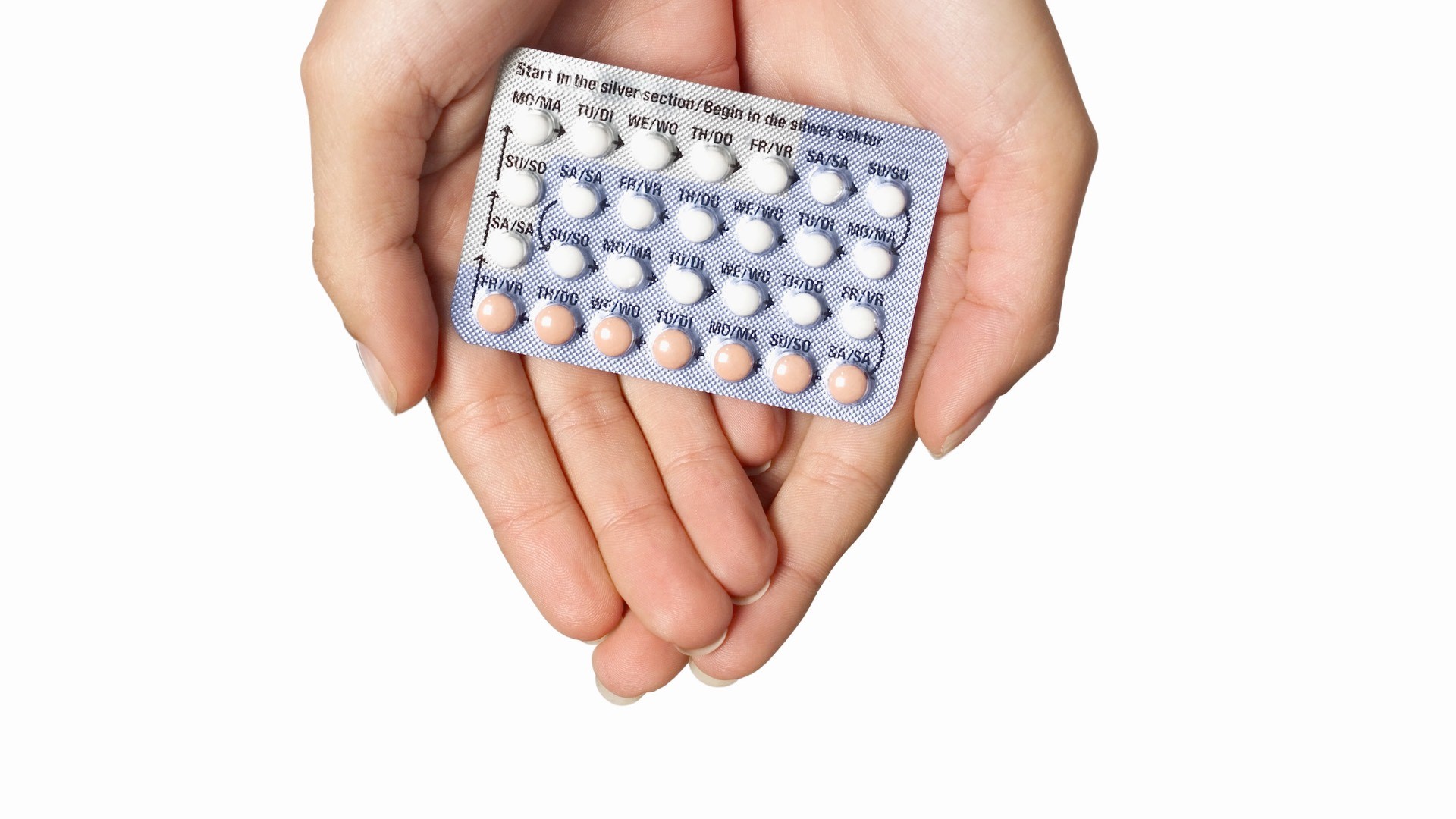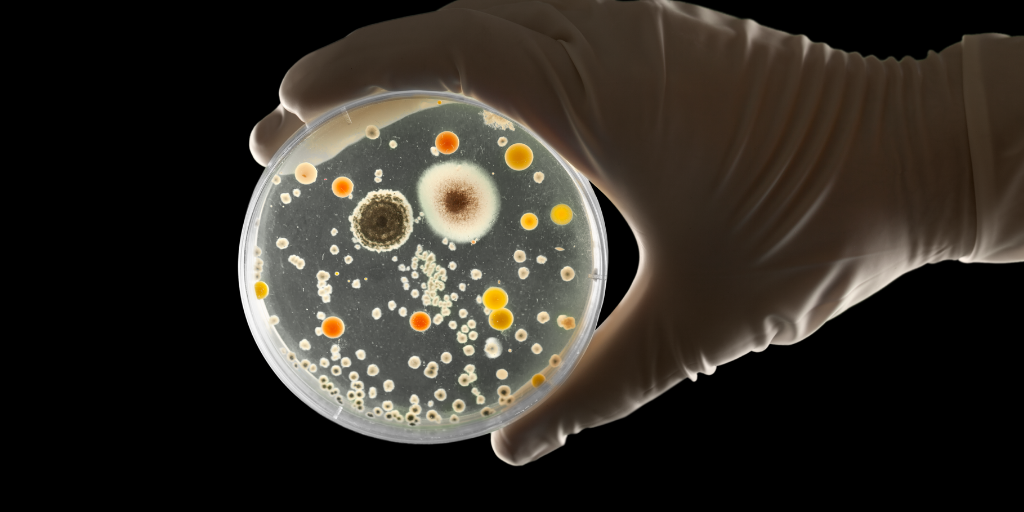Type a search + hit enter!

As a nutritional biochemist, I am always interested in how we can support diet quality and food security, especially for low-income populations. Interestingly, a recent study published in the Journal of Human Lactation looked at 1,226 WIC participants found that breastfeeding duration was associated with improved diet quality for the toddler at 36 months of […]
read more
latest post

read more
As a nutritional biochemist, I am always interested in how we can support diet quality and food security, especially for low-income populations. Interestingly, a recent study published in the Journal of Human Lactation looked at 1,226 WIC participants found that breastfeeding duration was associated with improved diet quality for the toddler at 36 months of age. The study was a secondary analysis set up to look at within-individual associations over time. This means that rather than having any type of intervention, the researchers retrospectively analyzed data that was collected for a different study.
In order to measure the diet quality of the toddlers, the study used the USDA’s Healthy Eating Index. After conducting the phone interviews to determine the diet quality, the researchers looked back at duration of breastfeeding and found that the longer the dyad breastfed for the better the diet quality. It is important to point out that these families had nutritional support through their WIC benefits – so this speaks to the WIC program’s ability to support healthy diets for children as well.
This is not the first study to investigate the impact of breastfeeding on diet quality and similar results were found in an Australian study looking at toddler diet quality. This study found that in addition to breastfeeding status, maternal modeling of healthy eating behaviors also impacted the toddler’s diet quality.
Some studies have also looked at the interaction between breastfeeding cessation and toddler diet quality. Another study that was done in Australia found that both early breastfeeding cessation and early introduction of solids was associated with preference for energy-dense, low nutrient foods.
While we certainly don’t have a complete understanding of how children develop food preferences, we do have evidence-based recommendations that encourage children to have a healthy variety of foods in their diet:
-
Exposure: make sure your children see a variety of colors, textures, and cooking styles represented in their age-appropriate foods. Encourage your kids to put foods on their plates even if they don’t want to eat them.
-
Access: make it easy for your toddlers to access healthy foods. This can mean having appropriately sized fruits, veggies, cheese, meats, and whole grains available where they can reach them.
-
Modeling: let them see people they look up to (parents, friends, babysitters, relatives, etc.) eating foods that they may be hesitant to try.
Looking for more information about nutrition during lactation? Download my two page quick guide!

read more
Medications and lactation can be a difficult topic, because there is a lot of conflicting information out there on what is safe and what should be avoided. This can be overwhelming for someone who wants to take an over-the-counter (OTC) medication to feel better but is worried about exposing his/her infant to medication. Many people […]

read more
What you feed your baby and how it impacts their gut bacteria – scientifically termed the “microbiome” – has been a growing area of interest in the breastfeeding world. It is well established that feeding an infant cow’s milk based formula significantly changes the number of species and type of bacteria that grow in an infant’s gastrointestinal tract, and is associated with negative clinical outcomes. However, there is less research looking at the difference between receiving milk from the infant’s birth mother (termed “mother’s own milk”) or donor human milk.
Recently, a new article was published in American Journal of Clinical Nutrition that explored the differences between infants fed either donor human milk or their own mother’s milk.
What is donor human milk?
In the context of this research article, donor human milk is milk purchased from mothers who are producing too much. This milk is then screened and pasteurized (subjected to heat treatment) by Prolacta Bioscience in order to remove all bacteria. Pasteurization is important in this context because the donated milk is going mainly to premature infants who may be sick or immunocompromised. Milk banks want to ensure that there are no pathogenic bacteria or viruses that could hard these infants.
What difference does it make?
Donor human milk is different from milk that would come from an infant’s own mother for a few reasons.
-
Exposure to heat can decrease the concentration of certain micronutrients
-
Exposure to heat can decrease the activity of certain enzymes and immune compounds
-
The loss of bacteria does mean potentially harmful bacteria, but can also mean the loss of bacteria beneficial for development of the infant microbiome
What is the impact on the infant microbiome?
This new research provides evidence that infants fed a diet consisting mostly of donor human milk (average: 14% mother’s own milk) have a decreased diversity of gut microbiota in all stool samples collected over the 6-week duration of the trial.
The infant’s fed their mother’s own milk had more Bifidobacterium and Bacteroides genus bacteria than donor human milk fed infants. These bacterial species have been shown in other research to be beneficial for the growth and development of the infant when they are in the neonatal intensive care unit. Additionally, lower levels of Bacteroides bacteria have been linked to development of obesity in individuals with metabolic syndrome.
Donor human milk fed infants had more Staphylococcus genus bacteria. This genus of bacteria is known to contain pathogenic microbes. This could put the infant at an increased risk of development of illness.
Maybe most importantly, infants fed mostly their mother’s own milk (average: 91% mother’s own milk) had higher feeding tolerance than infants fed donor human milk. This is certainly important in growth and development, because the more food that the infant is tolerating, the faster they can grow.
Why is this important?
As much of my research focuses on the use of donor human milk, this article further emphasizes that donor human milk is supposed to be used specifically as a band-aid, with the goal of providing an infant their mother’s own milk. A mother’s milk is specifically designed to meet the needs of her infant. The mother’s milk contains immune components specific to that dyad’s environment, nutrition optimized for the infants age and status, enzymes to help that baby digest and absorb nutrients, and so much more. We need to do better at nurturing a culture that provides women the support and encouragement they need to feel empowered to breastfeed their baby.

read more
This past weekend I had the absolute honor of speaking at the Ohio Lactation Consultant Association’s annual conference: Breastfest! The experience was extremely humbling, and in addition to speaking, I got to learn from from amazing practitioners and researchers from across the country. The conference started strong, and the first session that I attended was […]

read more
Over the past 10 years we have seen a rise in the number of states where marijuana sales and use are legal. This has opened the door for women to publicly ask about, and for researchers to publicly investigate marijuana use during lactation. There are properties of marijuana that raise concern about it’s use during lactation. Specifically, there are components of marijuana that are fat soluble – and maternal fat is actively passed through the mammary gland to create human milk. However, due to the illegality of marijuana in most places until recently, controlled trials to determine IF cannabinoids pass into human milk were not possible. Current recommendations by lactation professionals are that cannabis use should be discontinued and mothers should be allowed to breastfeed.
Do cannabinoids pass into human milk?
Yes, cannabinoids pass into human milk. Research in humans has confirmed that the psychoactive ingredient in marijuana (delta-9-tetrahydrocannabinol or ∆9-THC) does pass into human milk. You can see an original study here and a review study here. One study has shown that THC levels in human milk can be up to 8 times greater than in maternal plasma, owing to the fat-soluble nature of the component (n=2 mothers). This study does not have full-text available online, but you can see the preview here and results are outlined in the full text review study linked above. This same study detected THC metabolites in fecal samples of the infants breastfeeding from the mother’s using marijuana. Two other studies detected THC metabolites in the urine of infants after dietary exposure (no full text publicly available; see previews here and here).
How long after using marijuana is it detectable in human milk?
We currently only have one study (here) that looks at marijuana use over time. Their estimates show that cannabinoids are detectable in human milk for between 3 and 6 days after use. Additionally, they found that when you freeze human milk, cannabinoids are stable. Thus, pumping your milk for storage/future use will not lower the levels of cannabinoids that the infant is exposed to.
Do cannabinoids impact infant development?
While we do not have an extensive amount of research complete in human subjects, the research we do have has mixed results. One study found that high exposure (2-5 joints per day) during infancy was associated with decreased psychomotor development, but not neurobehavioral development, at 1 year of age (see full study here). Another study found no difference in motor and mental development at 1 year of age when exposed to cannabinoids during infancy (see full study here). In this area, we need more extensive research with human subjects.
If you consider the animal studies that have been done to determine if THC exposure impacts infant development, there is more evidence that THC can have a concerning effect than evidence that there is no effect.
So…what does it mean?
Basically, it means that right now, we don’t have a definitive clinical answer (still!). Professional organizations caution the use of marijuana both during pregnancy and during lactation. The research we do have suggests that conservative use of marijuana (1-2x/week) is safer than heavy marijuana use (2-5x/day), with components of marijuana in human milk measuring at lower concentrations with lower use.
If we use biochemical structure to determine safety (as Thomas W. Hale and Hilary E. Rowe do in their Medications & Mother’s Milk textbooks), cannabis is rated as a L4 drug.
L4 – Possibly Hazardous
There is positive evidence of risk to a breastfed infant or to breastmilk production, but the benefits from use in breastfeeding mothers may be acceptable despite the risk to the infant (e.g., if the drug is needed in a life-threatening situation or for a serious disease for which safer drugs cannot be used or are ineffective.)
Hale and Rowe, 2019
Disclaimer: nothing on this page may be construed as medical, legal, or financial advice.

read more
It is no secret that the United States consistently under-performs in the area of maternal and child health. Offering paid leave to new parents is no exception. Many mothers across the U.S. are returning to work well before their child is 6 months old and it is very possible that breastfeeding is still not going […]

read more
Today for #milkmonday we are highlighting a manuscript that was just published and brings to light an extremely important issue: can the type of contraception you use impact your milk supply? The answer we get from existing research is no, that for the average healthy mother who delivers a healthy, term infant, contraception does not impact milk supply. However, we see anecdotally that certain types of hormonal contraception can impact milk supply. So why is there a discrepancy, and what is the answer?
Depending on who is conducting the research and who is reading the study, what is considered clinically significant can vary.
We do this thing in research where we analyze the data with statistics to determine whether something we are witnessing is statistically significant. These statistics tell us whether the outcome we are seeing is happening by chance. Scientists and health professionals alike can use these numbers to inform a very black and white answer to something that may be much more complicated. As the authors of this manuscript put it:
For a woman who strongly desires to breastfeed, even a very small risk of iatrogenic lactation failure may be clinically relevant.
Bryant AG, Lyerly AD, DeVane-Johnson S, Kistler CE, and Steube AM. Hormonal contraception, breastfeeding and bedside advocacy: the case for patient-centered care. Contraception. 2019;99:73-76
You see, the studies that have been conducted may have observed a milk supply decrease some women, just not enough women to sway the statistics to be “significant”. As the article summarized nicely, someone with a public health interest in family planning may use this evidence to support placement of hormone-containing contraception. A lactation counselor, conversely, may use this evidence to support waiting to use hormone-containing contraception or advocacy for a non-hormonal contraceptive.
We then tie in the social injustices that surround reproductive health and breastfeeding, and the picture begins to get more complicated. It is unfortunate, but true, that poor women having children has a very different connotation than rich women having children. The same can be said for minority populations and women of color.
Health care providers have been shown to alter their counseling based on a patient’s race/ethnicity and perceived socioeconomic status.
Bryant AG, Lyerly AD, DeVane-Johnson S, Kistler CE, and Steube AM. Hormonal contraception, breastfeeding and bedside advocacy: the case for patient-centered care. Contraception. 2019;99:73-76
We know as health care providers, that counseling in a culturally competent and humble manner can help improve patient outcomes. However, when counseling shifts based on assumptions made off of race, ethnicity, or socioeconomic status, we are risk of widening the health disparities that exist.
The article closes by providing questions that can be used when counseling on breastfeeding and hormonal contraception, and it focuses on one thing: determining the desires of the patient through open-ended questions and providing recommendations based on PATIENT desires.
Health care provider recommendations should not be based on assumptions tied to race, ethnicity, socioeconomic status, sexuality, age, or any other factors. Recommendations should be evidence-based and tailored to the desires of the patients we are serving.
A 15-year old new mother who depends on WIC and SNAP benefits to provide for her new child should be given the same chance to breastfeed successfully as the 29-year old new mother who is financially independent. This includes avoiding hormonal contraception if the mother so chooses.

read more
Around the holidays, I receive a flood of questions about how to safely enjoy an adult beverage while breastfeeding (and yes, you can have a drink!). The general rule: if it’s in your blood it’s in your milk. However, just because it goes into your milk does not mean it is there forever. The alcohol […]
Get Your copy →
Cross the finish line with confidence.
Don't walk into your IBCLC exam nervous - with our comprehensive study guide in your back pocket, you'll be prepared for every scenario and question.
